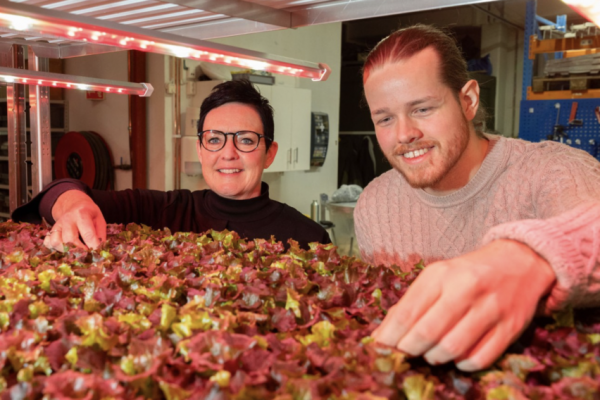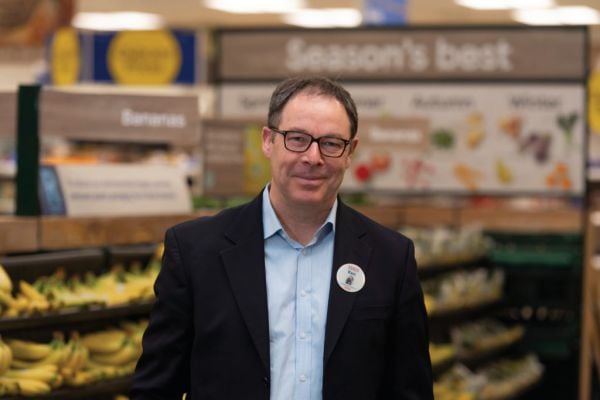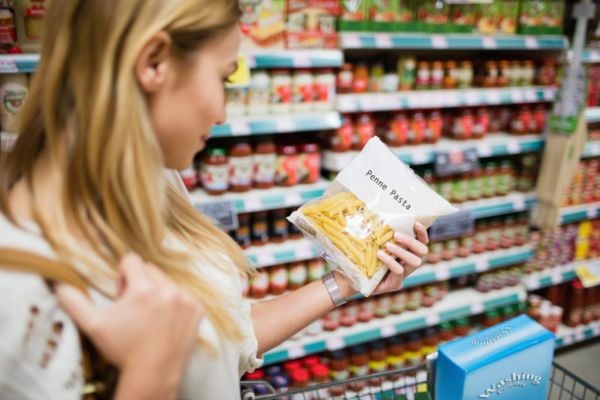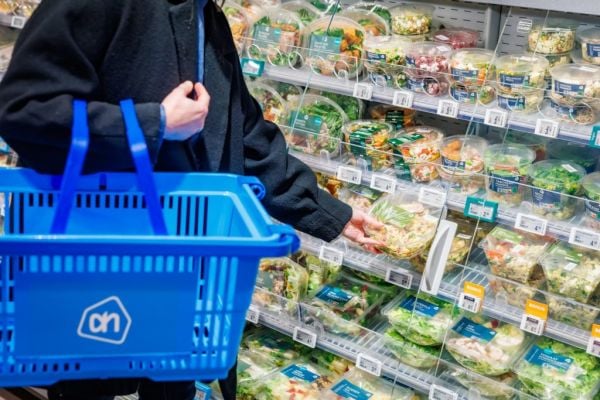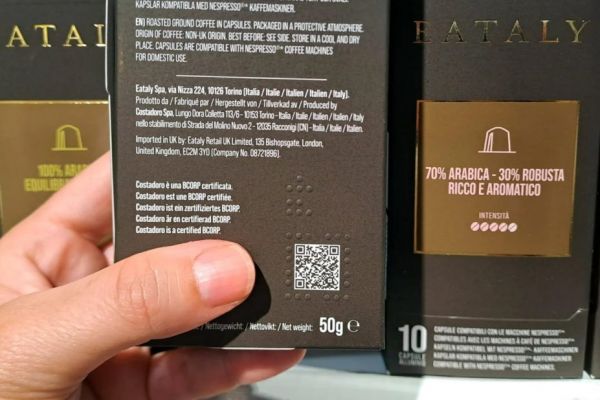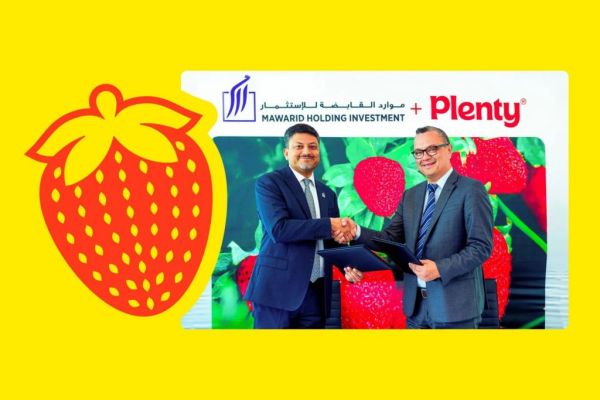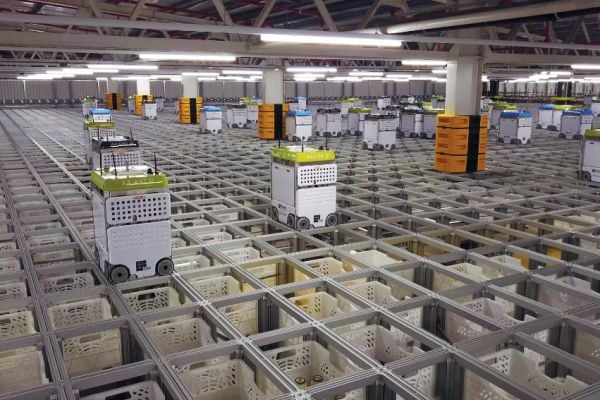In this era of global conflict and climate irregularities, concerns are rising about the food chain – specifically how farming can continue in such difficult and unpredictable circumstances.
Vertical farming may offer a solution. As the sector has evolved, it has grown into a globally-proven technology, but it is also one that requires high investment and energy-intensive production.
Last November, Coop Norway announced it is investing in an automated vertical-farming production system through Himmelgrønt AS – a joint venture between Coop Norge Industri and Avisomo. Hege Berg-Knutsen, CEO of Coop Norge Industri, spoke to ESM recently about the innovative new project.
ESM: What is vertical farming and what are its advantages?
Hege Berg-Knutsen: Vertical farming is a production technique where plants, lettuce and herbs are grown indoors in shelf systems, in a fully controlled environment.
There are a lot of advantages to vertical farming – for instance, that we are able to regulate in detail the conditions that affect production, such as light, climate and nutrition. This provides stable production conditions, and optimal yield. Production takes place in closed systems, which means that pesticides are not needed.
Products such as arugula, spinach and other leafy salads are today largely imported from areas where climate change makes deliveries increasingly uncertain. Indoor cultivation in a closed climate will give access to Norwegian-grown products of higher quality, all year round.
We will get more stable supply, in addition to a significantly lower climate footprint by reducing transport from Europe. With reduced food waste, longer shelf life, and completely clean products free of pesticide residues, this will be a win-win solution for the environment and our customers.
Vertically grown products will benefit our consumers, who are also our owners, in the form of a better and more climate-friendly selection, with a longer shelf life and a different taste experience than from today's production.
Tell us about the project that has been implemented between Coop Norway and Avisomo?
Avisomo is a Norwegian start-up established in 2018, which specialises in technology for vertical cultivation, with a high degree of automation. Through a joint venture, the company Himmelgrønt AS was established.
In the first instance, investments are made to test the concept, but with associated infrastructure for scalable, fully-automatic cultivation.
Based on experience, the scope will quickly expand, and eventually the aim is to produce goods worth many millions of kroner.
What role will technology and automation play in the future of vertical farming?
Labour and energy are the primary cost drivers in vertical farming, and developing technology that enables us to reduce these costs will be key for driving the development and the implementation of vertical farming practices.
With Avisomo's unique approach, we see that both of these challenges are tackled in an unprecedented way in the industry.
What are the main challenges of vertical farming?
The main challenges are related to the aforementioned cost drivers, which currently limit the economic feasibility of products that have long growth cycles.
There are also regulatory challenges, including the fact that you cannot certify your produce as organic in the EU if it is not grown in soil – which we don't use in vertical farming.
We try to see both the technological and regulatory challenges in light of the industry being only a few decades old, and that it's getting over its 'childhood diseases' just now. We hope to become frontrunners in the mainstream implementation of this practice.
From feedback received to date, does produce grown from vertical farming offer a different taste experience?
The produce is yet to hit the market, but we expect to be able to offer products in our grocery stores by early 2025.
Our taste tests show that these products offer a completely different taste experience than we get from today's production. A significantly shorter travel time from harvest to table means that the consumer may also enjoy a longer life span, which again will contribute to reduced food waste.
Do you think that vertical farming will soon be accepted more frequently by the wider industry?
Vertical farming as an industry has been growing by more than 20% year-on-year in revenue terms for the last seven years and shows no signs of slowing down. In comparison, the general fresh produce market has been growing at about 5% year-on-year.
Given all the developments in the industry and the technology, combined with climate-related challenges and new regulatory limitations in the general food production landscape, we have little doubt that vertical farming will soon occupy an important segment of the wider industry.
What have you noticed about vertical farming that may not be immediately obvious?
Vertical farming allows for an accelerated methodology related to plant research and the development of new plant breeds and varietals that can be beneficial to both people and companies.
Just about any plant that is currently sold on the open market has been bred and developed over the course of decades, and being able to do this breeding year round and with a focus on nutrients and yield instead of disease and climate resilience will help us create better products for our customers.
